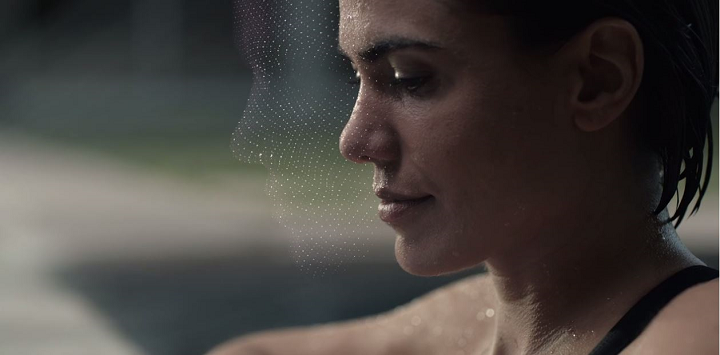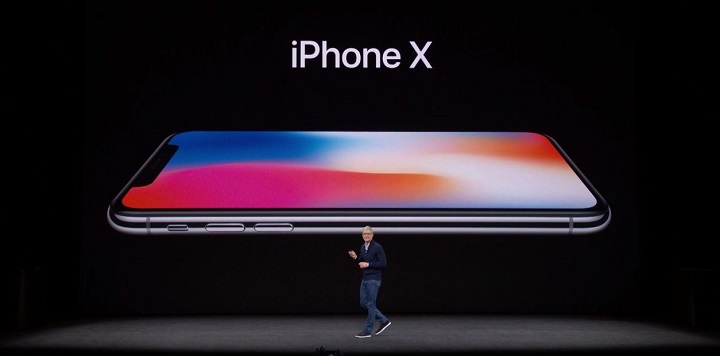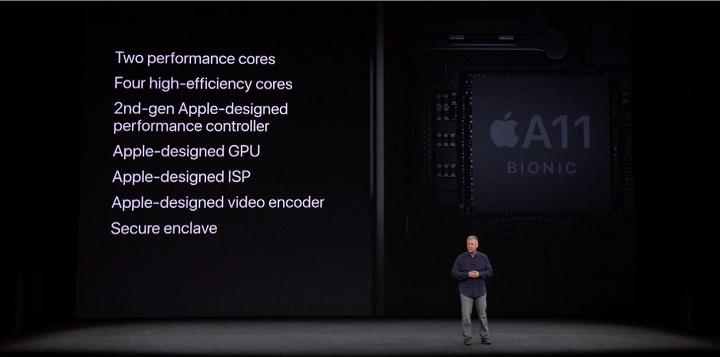Apple’s iPhone X Has Arrived and It’s Stunning!
Apple finally unveiled the new iPhone X (“X” as in “ten”) and the announcement created waves all over the tech news sites and social media as Apple puts a whopping $1,000 price tag on the much-anticipated flagship smartphone. Why is it so pricey? Well it has something to do with the technology used on it.
The $1,000 Smartphone
The announcement of the new phone came after the announcements concerning the iPhone 8. Tim Cook claimed that their teams have been working hard on it for years and compares the iPhone X to the original iPhone in terms of revolutionizing technology. He also claimed that iPhone X is the “biggest leap forward since the original iPhone.”
The screen is edge-to-edge and both the front and back of the unit is covered with hlass. The edges are made with beautifully-polished, surgical-grade stainless steel. It’s water and dust-resistant at a microscopic level and will be coming in two colors: space gray and silver.
Other features the new iPhone were:
- The Super Retina Display: a 5.8″ OLED display with 2436 x 1125 pixel resolution and is brighter and more colorful than ordinary OLED displays. It has 458 ppi, the highest pixel density yet on an iPhone. It supports HDR in Dolby Vision and HDR formats, has a million to one contrast ratio, color accuracy, 3D touch technology, and has True Tone.
- Apple got rid of the home button, which they claim is an important step for iPhone. To go to the home screen you just have to swipe from the bottom upward. Multitasking is also done the same way: by swiping up from the bottom then holding it for a few seconds it will bring up a screen that shows other running apps. Siri is accessed just by talking to Siri or by pressing the side button.
- It also comes equipped with state-of-the-art facial recognition technology called FaceID. Using their TrueDepth camera system, it is used to unlock the iPhone X. The TrueDepth system has an infrared camera, a flood illuminator, a proximity sensor, an ambient light sensor, a speaker, a front camera, and a dot projector all located at a small part on the top of the iPhone X screen.
- It also uses a neural engine, called A11 Bionic neural engine, to process the FaceID’s machine learning for facial recognition. The A11 Bionic Neural Engine works only with specific algorithms. It has a dual-core design, processing over 600 billion operations per second in real-time. FaceID works in the dark and can detect your face even if you wear glasses or start sporting a beard. They also made it so FaceID can differentiate a real face from a photograph. The face data itself is protected by Apple’s security and will need user attention to unlock. No sending data over to Apple servers: all the processing is done on the unit, all the data is stored in the unit as well. Of course, not all protections are perfect and Apple admits that a twin might still be able to open your phone, supposing you do have a twin (and can afford the phone’s $1,000 price tag). Third-party apps that use AR technology can also take advantage of the TrueDepth camera and the FaceID system to accurately track the user’s face. The new Animojis, emojis that you can “control with your face” uses the FaceID technology of the phone to detect your face and animate it onto the emoji.
- The new iPhone has two backside cameras, both are 12MP with faster and larger sensors, new color filter, and deeper pixels. One has f/1.8 aperture on the wide-angle and f/2.4 aperture on the telephoto camera. It also has dual optical image stabilization and a Quad-LED True Tone flash.
- With the A11 Bionic chip, the iPhone is powered with two performance cores and 4 high-efficiency cores. It also has a brand new 2nd-generation, Apple-designed performance controller, GPU, ISP, and video encoder. It has a secure enclave to protect all the phone’s data as well.
- Battery life is improved and now lasts 2 hours more than the iPhone 7 and can be charged wireless especially with Apple’s new charging mat called the AirPower that can charge all new Apple devices wirelessly.
Conclusion

The FaceID uses thousands of invisible lights to map the geometry of your face. (Image Source: Apple)
Seriously, Apple went all out with the new iPhone, skipped 1 numbering in the series and delivered a unit that has two better camera system, and a smart AR compatible system that’s run by its own neural engine, the first of its kind on any smartphone, and many other innovative features. So you can imagine why the unit would be priced at $1,000. Now the question to ask is, “do you really need it?” Apple might be trying to force innovation to lead the mobile wars once again but they seem “too forced” this time. There’s no doubt that it’s impressive and that other phone manufacturers will be forced to think of new features too, like how Huawei is planning to use AI on their next new phones. But all these better technologies might just make the unit too pricey for anyone except the rich, powerful, and elite to buy the phone. It has more power than an average desktop PC with double the price of one. This is definitely a high-end luxury item that isn’t for the peasants.

